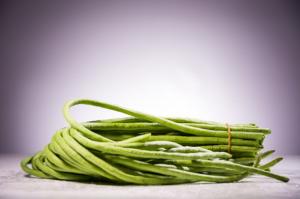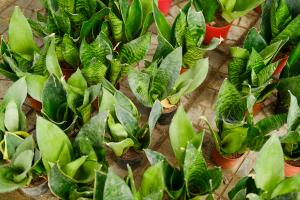Can I Use Potting Soil for Indoor Plants?
Potting soil is a popular choice for indoor gardening, but many people wonder if it is suitable for all indoor plants. The answer is yes, but there are some factors to consider before using it.
What is Potting Soil?
Potting soil, sometimes called potting mix, is a blend of organic material and sometimes inorganic materials, designed for use in containers such as pots and hanging baskets. It is formulated to provide adequate drainage, moisture retention, and nutrient availability for container plants. Potting soil typically contains peat moss, perlite, vermiculite, sand, and sometimes added fertilizers.
Is Potting Soil Suitable for All Indoor Plants?
Potting soil is suitable for most indoor plants, but it may not be the best choice for some. For example, plants that prefer a more alkaline soil, such as succulents, may not thrive in potting soil, which is typically designed to be slightly acidic. Additionally, plants that require a more sandy soil or high drainage may require additional amendments to the potting soil, such as sand or gravel. Always refer to the specific needs of your plant when selecting potting soil.
Benefits of Using Potting Soil for Indoor Plants
Potting soil has several benefits for indoor plants. Firstly, it is specially formulated for container gardening, making it convenient to use. Secondly, it provides good drainage for container plants. Unlike garden soil, which can become compacted and waterlogged in containers, potting soil is designed to be a lightweight, porous mix that allows excess water to drain away from the roots. Thirdly, potting soil contains added nutrients to support plant growth. While it's still important to fertilize regularly, potting soil provides a good foundation for healthy indoor plant growth.
How to Use Potting Soil for Indoor Plants
When using potting soil for indoor plants, keep in mind that it's not a one-size-fits-all solution. Different plants have different soil requirements, so it's important to choose a potting soil that meets your plant's specific needs. When repotting or potting up your indoor plants, fill the container with potting soil up to about an inch from the top. Water the soil before planting to ensure it is adequately moistened. Plant the indoor plant in the center of the pot, making sure the soil level is even with the top of the root ball. Once planted, water the plant well and place in a location according to its light and temperature needs.
In Conclusion
Potting soil can be a great choice for indoor gardening, but it's important to choose the right type for your specific plant. Always refer to the plant's needs when selecting potting soil and consider additional amendments if necessary. When planting, make sure to follow proper planting techniques to ensure your indoor plant thrives in its new home.

 how many times do yo...
how many times do yo... how many planted tre...
how many planted tre... how many pine trees ...
how many pine trees ... how many pecan trees...
how many pecan trees... how many plants comp...
how many plants comp... how many plants can ...
how many plants can ... how many plants and ...
how many plants and ... how many pepper plan...
how many pepper plan...































